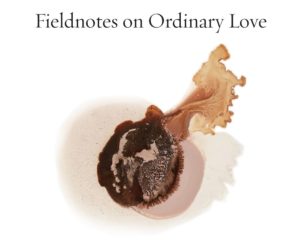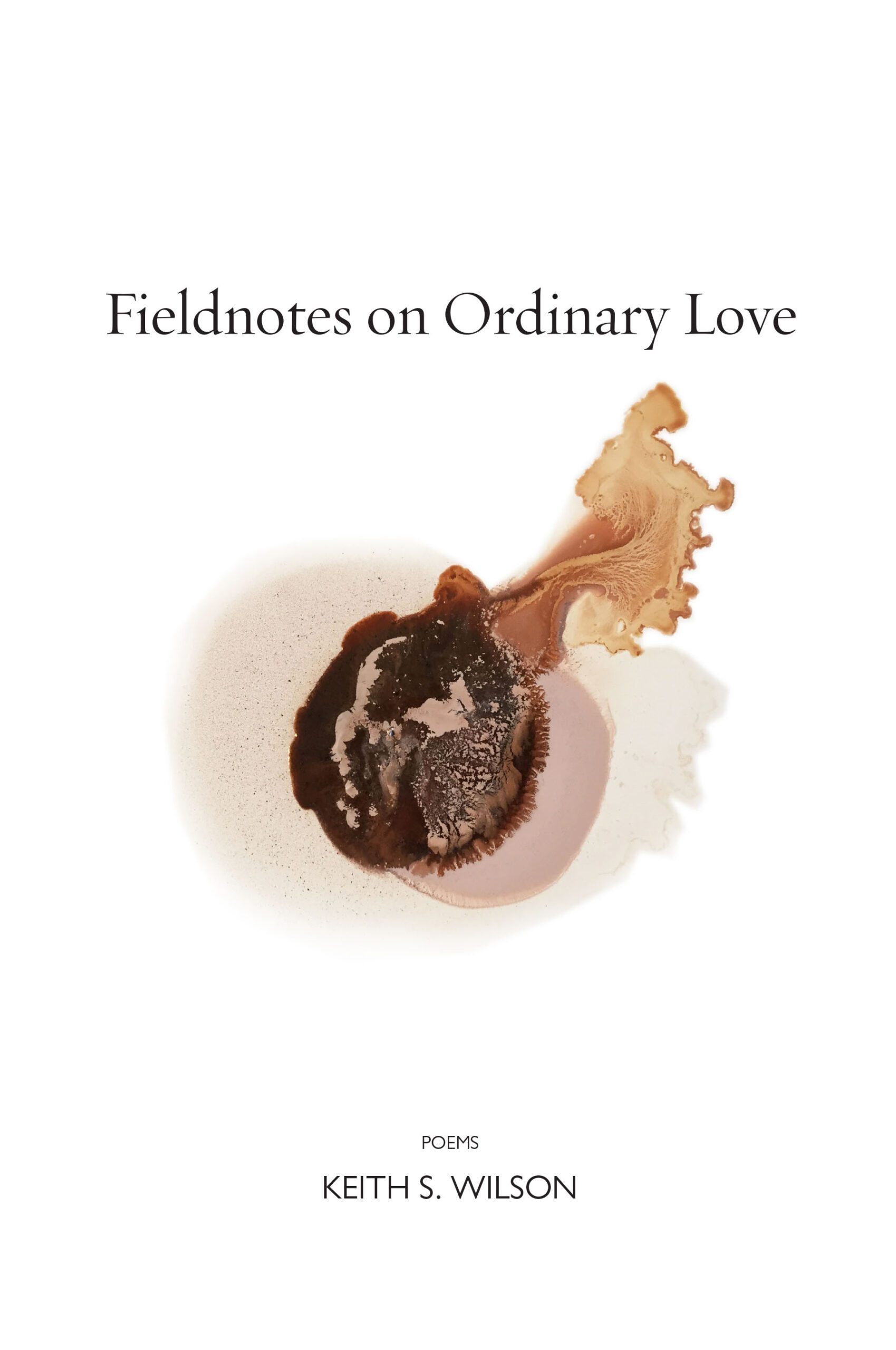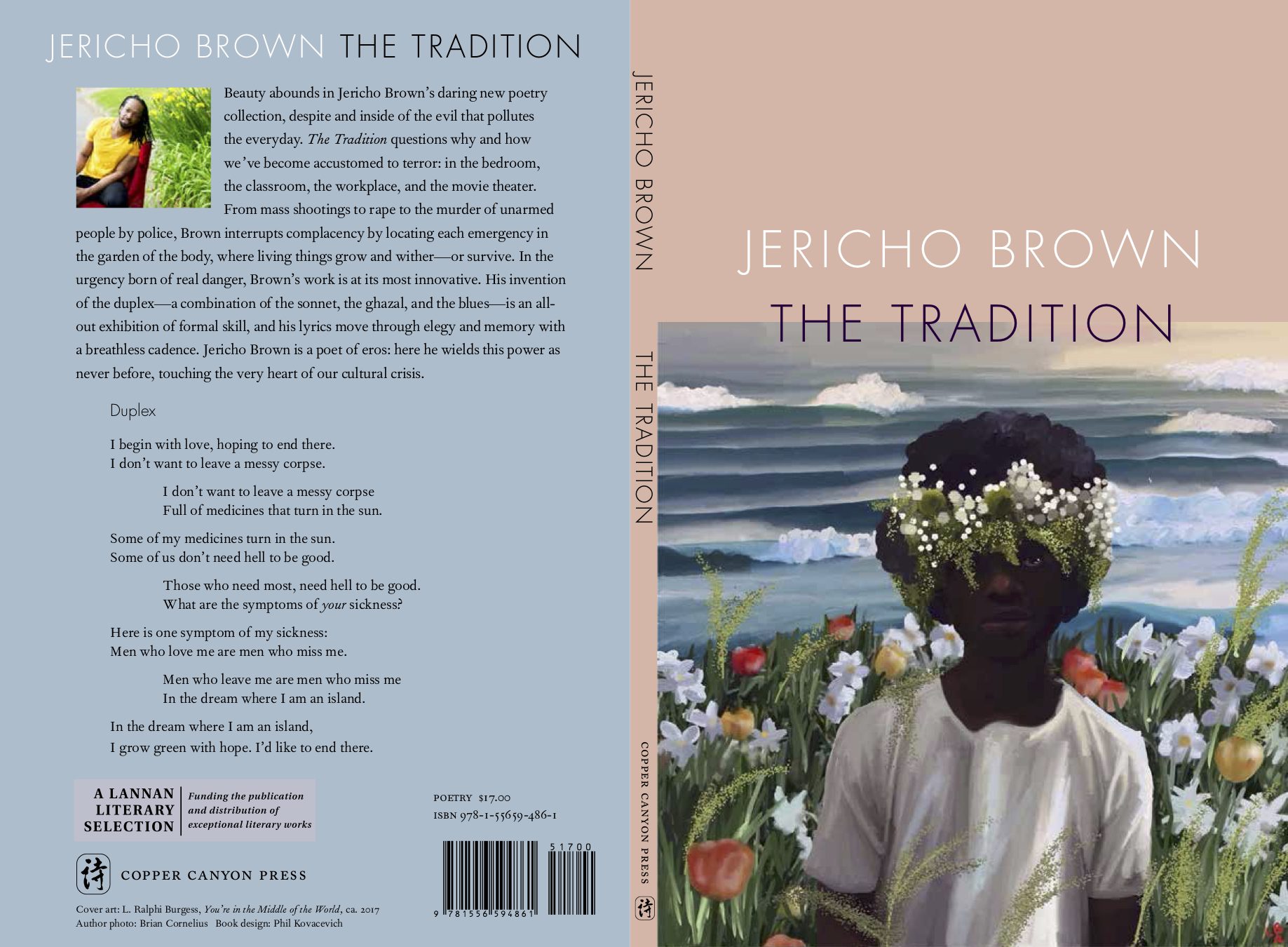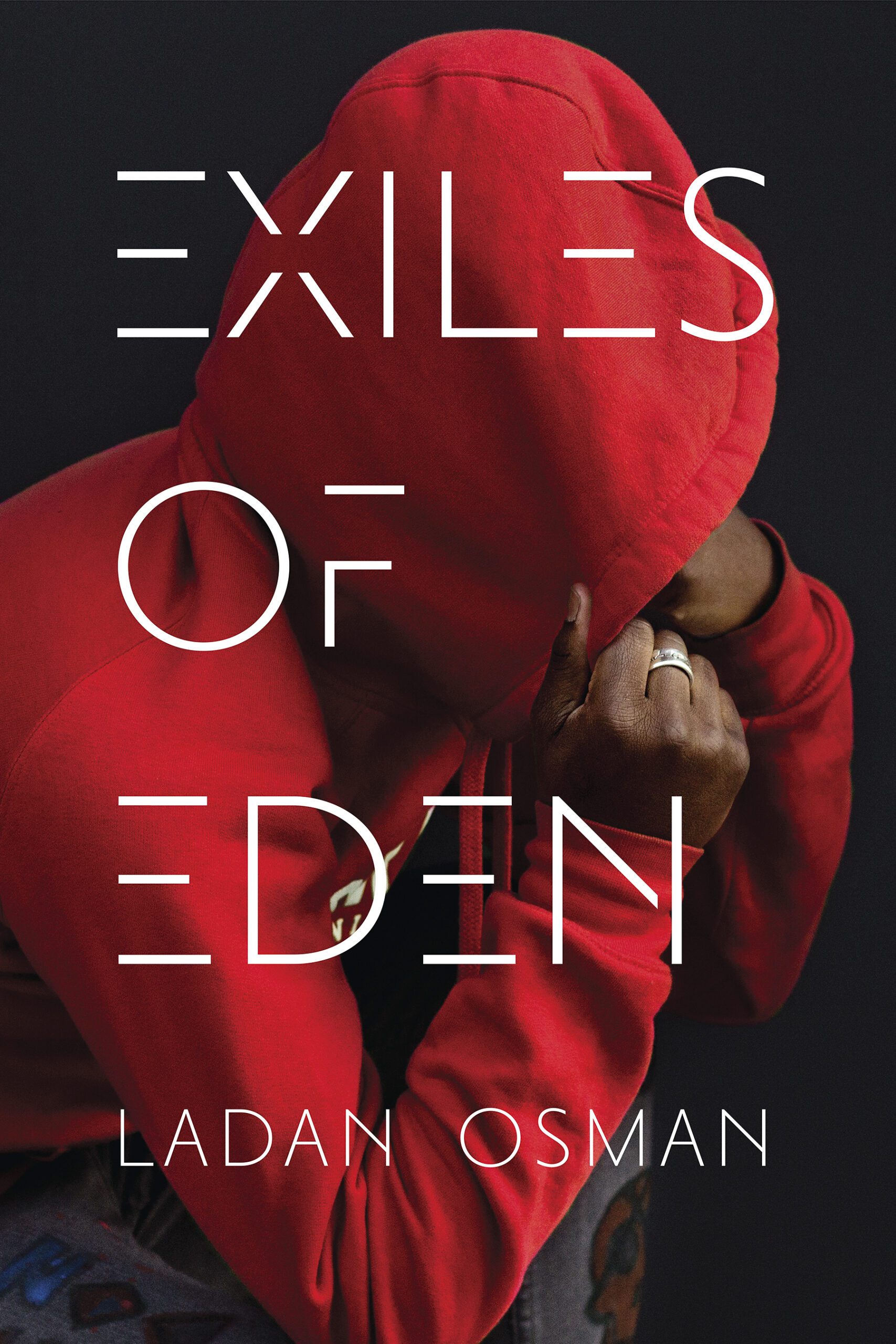
We are thrilled to bring you this exclusive first look at the cover of Keith S. Wilson’s forthcoming debut full-length collection, Fieldnotes on Ordinary Love, forthcoming from Copper Canyon Press in May. Below, Keith discusses how and why he chose his cover art.
And, to help celebrate Keith’s collection, Jericho Brown and Ladan Osman share how they chose cover art for their forthcoming collections, too.
***
Keith S. Wilson on selecting the cover art for Fieldnotes on Ordinary Love (Copper Canyon Press, May 21, 2019):
When you work at a grocery store, or a White Castle, or a Wal-Mart, your identity can quickly become small talk for curious and bored strangers. Prior to my new job teaching these last few months, folks have asked me “what are you?” or “where are you from?” so many times that “my mom is white and my dad is black,” has felt like my government name. When you’re categorized (or miscategorized) enough times, it affects how you speak and how you perceive the world.
I chose Kellie Romany as my cover artist for Fieldnotes on Ordinary Love because her art formally interrogates notions of identification, skin color, and perception directly. But even before I chose a painting from Romany’s “Von Luschhan Series,” I had decided I was going to try to find work by a person of color. And if I could—and I was lucky that Copper Canyon supported my first choice, or this might not have been possible—I would choose a painting by a black woman. This was especially important to me because I grew up in predominantly white spaces. When I finally felt seen, first as an adult and then as a writer, it was almost always by black women. This is not only true in terms of who many of my friends are, or who in workshops gave me the most valuable feedback, but it is true also of the first person to hire me for a job (not in poetry, but in game design) that offered health insurance.
But even more than that, it is wild but true that I never felt more seen than from reading a book: when I first read Claudia Rankine’s Don’t Let Me Be Lonely. That book shook me, and continues to shake me. Patricia Smith’s Blood Dazzler still floors me, and I refer to it whenever I feel lost in my language. Ai’s persona poems were the bridgework between my bad prose and better poetry. Gwendolyn Brooks is, I think, the greatest poet to write in the English language. And though it’s criminal that Lucille Clifton isn’t a household name, hers is a poetry that reminds me time and again that no number of beautiful words can outperform a few holy ones. White folks in Kentucky have always seemed to see me as “something, but definitely not white,” but in any space where there were black people present, I was seen as kin. I remember when I worked in an Amazon warehouse, a Senegalese immigrant asked me where I was from. When I told her my dad was black, her eyes lit up. She was so happy to have me. My experience has long been of seeing black women doing their own tremendous work while also supporting, advocating for, and putting in the emotional labor for others. For me.
After hundreds of hours scouring online galleries and publications for visual art, I ended up happening to attend an open studio in Hyde Park where Kellie Romany was showing her work. There’s a textural quality to her pieces that is hard to describe—you want to reach out and touch it, but that is, of course, a terrible idea to do without asking. I love how even that feels something like my skin. And so the artwork for my book fits. Makes me seem to fit. The best art coming out of this country is by black women. If someone finds my book on a shelf, and they feel moved, I want them to know that black women had everything to do with it.
Jericho Brown on selecting cover art for The Tradition (Copper Canyon Press, April 2, 2019):
I don’t think I decided on You’re in the Middle of the World by L. Ralphi Burgess. The image decided on me. It was the only possible cover for a book in which black men and boys “thought / fingers in dirt meant it was our dirt” while working to “see blossoms.” I knew writing The Tradition that it was a very pastoral book of poems concerned with the life of the natural world, but I didn’t as consciously think about it the book about race and rape that it turned out to be. This black boy reminds me there’s a land to love no matter what.
Ladan Osman on selecting the cover art for Exiles of Eden (Coffee House Press, May 7, 2019):
The cover of Exiles of Eden is a detail of my own photograph titled Double Consciousness II (Oumou Diallo, 2017) from a series in the book. I’ve chosen work by black artists because a cover is the face of, and often the first invitation to, a collection. There’s a complex call-and-response between text and imagery, like mirrors looking at each other. It makes sense to me to place black artworks in that exchange because this creates warm and infinite reflections.







